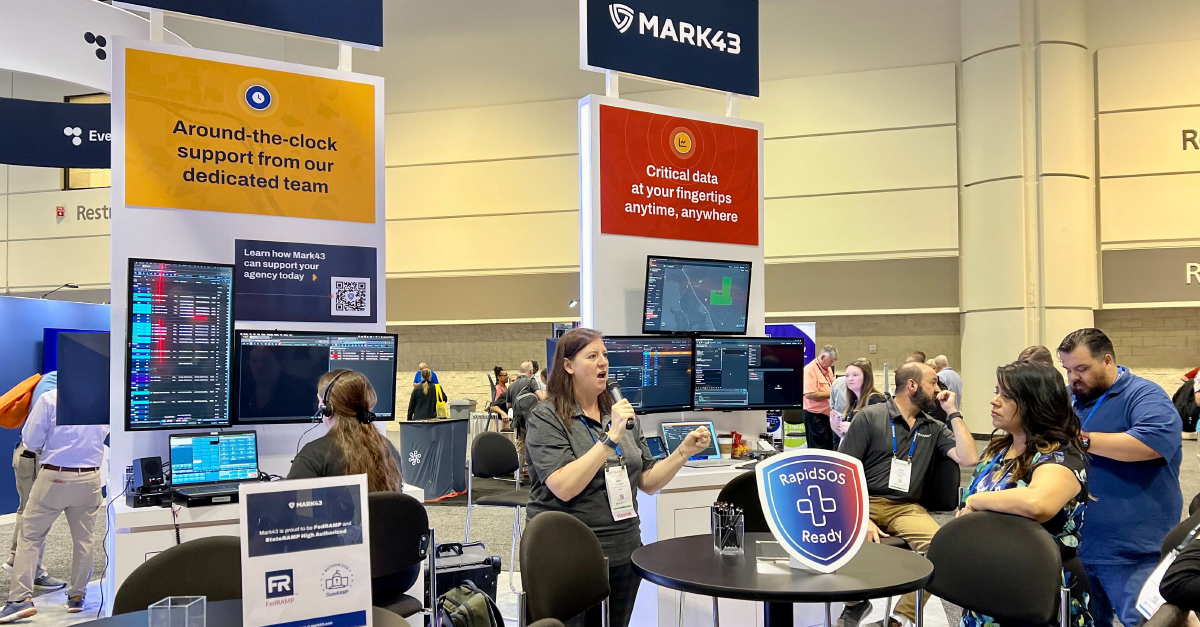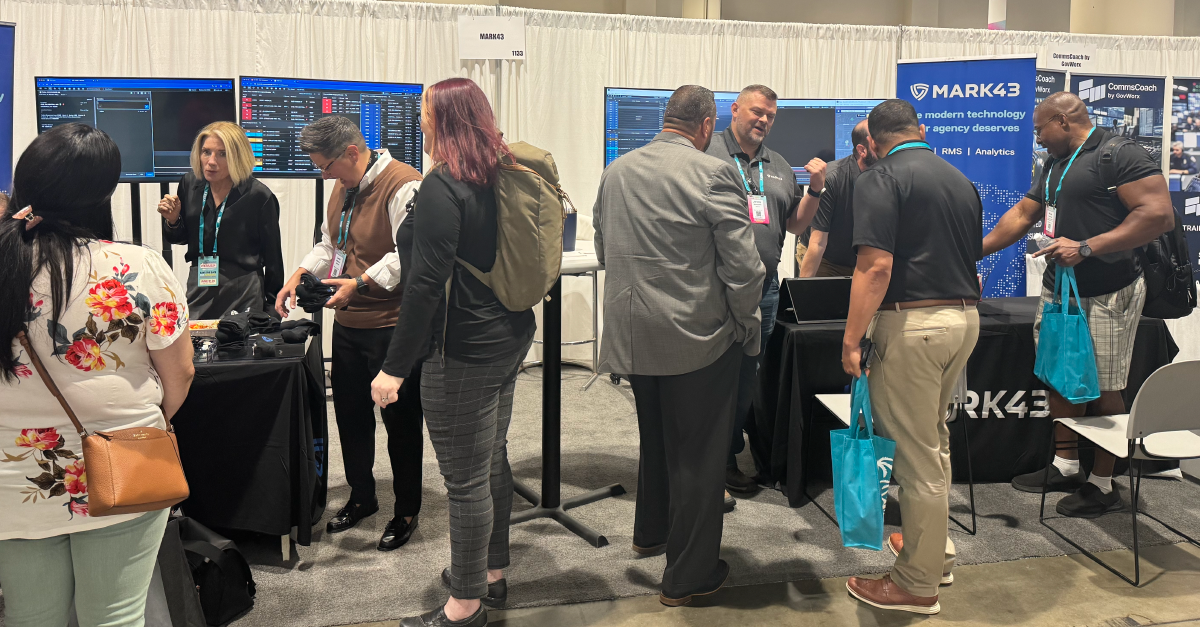
The catchphrase “Reimagining Public Safety” has come into common usage as part of an international conversation about reevaluating the mission of public safety agencies. Following the murder of George Floyd in 2020, communities began demanding structural changes to public safety, and law enforcement in particular. While many dismiss the phrase and its lack of a consistent definition, it is unwise to ignore the persistent, widespread call for change behind the phrase.
In 2022, as calls to “reimagine” public safety continue, many jurisdictions are undertaking efforts by multidisciplinary committees to discuss public safety functions and implement collaborative responses. Agencies must drive these conversations or risk having changes imposed upon them.
What does “reimagining” public safety mean?
There is no single definition for the phrase. Since 2020, individuals have used it alongside efforts to reform, scale back, or altogether eliminate the functions of law enforcement. Rather than pursuing consensus around the definition, public safety practitioners should operationalize the key components behind calls to “reimagine” public safety: engage with stakeholders, center the voices of those impacted to identify specific community needs, and rigorously collect and analyze data to maximize resources. This collection and tracking of data will ensure continuous improvement, or will identify the need to pivot from something that is not serving the community.
To date, there are few, if any, compendiums documenting these “reimagined” or alternative approaches to public safety response. As a result, Mark43 began evaluating the various alternative approaches, starting with our 2022 Public Safety Trends Report. We found two primary areas where communities have focused on changes that can provide a foundation for shifting public safety efforts moving forward: responses for individuals experiencing mental or behavioral health crises and traffic enforcement.
The intersection of public health and public safety
Many agencies around the world are implementing interdisciplinary crisis response models to better support individuals in mental and behavioral health crises. These alternative responses include innovative co-responder programs, mobile crisis teams, and civilian-only responses. Leading public safety agencies make sure to involve other community, public, and private sector organizations in their alternative responses. As a partner to public safety agencies, Mark43 is committed to supporting the fields’ evolving needs by providing the technology public safety responders need to get the job done.
Transforming traffic
According to the Stanford Open Policing Project, Americans are stopped more than 20 million times annually for traffic violations, making traffic stops one of the most frequent types of interactions between law enforcement and the public. Municipalities are exploring ways to shift responsibility away from sworn law enforcement or reduce these stops, including dispatching civilian employees to respond to traffic incidents or banning traffic stops for minor violations.
Telling an agency’s own story
To best inform public safety responses, public safety agencies need to share accurate, timely data so they can tell their story. Only then can stakeholders appreciate what agencies actually do. The answer can be surprising. A New York Times analysis of several cities’ publicly available data showed that the share of an officer’s time “devoted to handling violent crime is very small, about four percent.” Agency personnel spend most of their time responding to non-emergency calls for service, such as noise complaints or vehicle towing. Timely, reliable data available to all stakeholders will help inform a thoughtful, authentic conversation around agencies and the services they provide to the community. This data helps public safety agencies and stakeholders make appropriate choices for their community.
Where to go from here?
We believe public safety agencies need to drive the “reimagined” response conversation in their communities. Regardless of how an agency or its members feel about the term, they need to be active participants in the discussions about what kind of responses best serve their community.
Failing to engage in this discourse leaves public safety expertise out of the planning process, resulting in less effective policies and programs. All stakeholders need to come to the table to have an honest, authentic dialogue. Authenticity is key to unlocking a community’s problem-solving potential. Engaging authentically means that all parties come to the table prepared to be open, vulnerable, and honest about their intentions.
As discussed in Mark43’s 2022 Public Safety Trends Report, there are three main takeaways for public safety agencies as they navigate the “reimagining” public safety discussion:
- Engage city leaders and community stakeholders early
- Share information between agencies to help create tailored responses
- Iterate and persist to meet the community’s evolving needs by use of rigorous analysis of data and sentiment gathering from the community and stakeholders
The “reimagining public safety” catchphrase is the latest public call for public safety to continue to work collaboratively, involve community members, and design modern solutions for the modern problems first responders face today — and it won’t be the last.
The only thing that does not change is public safety professionals’ commitment to their communities. We believe leading public safety agencies will use this call to action as another opportunity to engage with the community and work together to find the best practices for keeping them safe.
Check this page for links to resources and examples of how agencies in the U.S. and across the world are responding.





